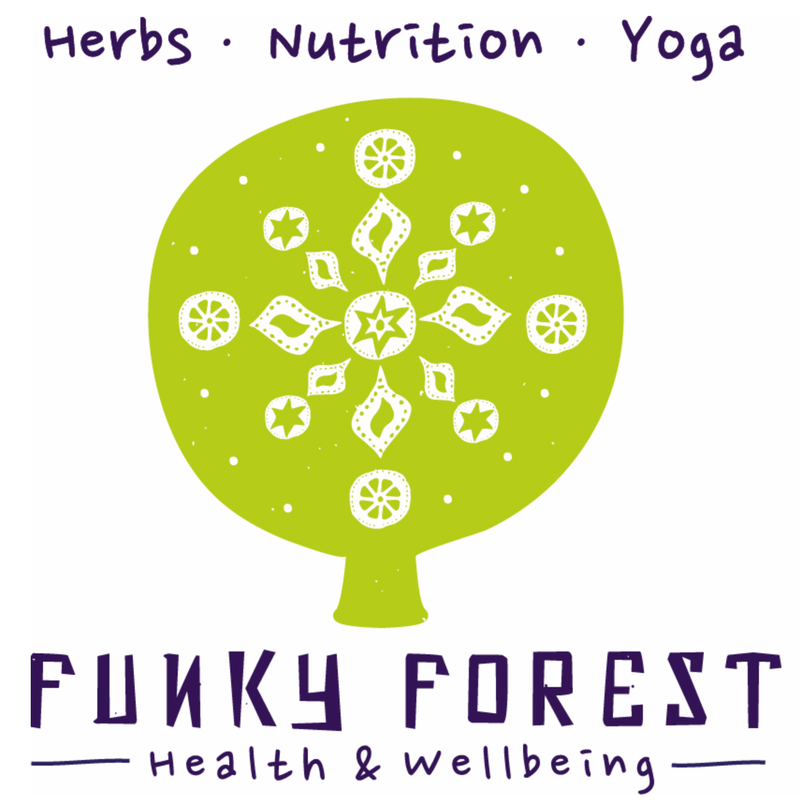Phase 1: The Menstrual Phase
Phase 3: The Ovulatory Phase
The cyclical nature of the menstrual cycle communicates our constantly changing needs. And the benefits of paying attention to these needs are SIGNIFICANT! In this series we will explore the different phases of the menstrual cycle and how to best honour them using nutrition, herbs, and lifestyle changes.
In this article we will explore the second phase of the menstrual cycle - The Pre-Ovulatory Phase.
PHASE 2: THE Pre-Ovulatory PHASE
If your cycle is say 30 days long, this phase might more closely correspond with days 7 to 12 or so.
Similar to an inner Spring, or the waxing moon phase of the lunar cycle, this phase has traditionally been seen as a time of dynamism, of rising energy levels and growing confidence. I personally feel a sense of renewal, as if the fresh breezes of Spring are flowing through my consciousness!
After you have a period, you begin to grow a bunch of new eggs (or follicles) inside one of your ovaries. You enter an energetic cycle of inspiration and creation: physically, psychologically, and spiritually. This phase is ideal for giving birth to something outside yourself as internally, one of your ovaries begins to gestate and "birth" a fertile egg.
I love getting into the energetic and archetypal aspects of the hormonal cycle. But I also think we need to cover some basic physiology so that you get a good idea of what's happening inside your body during this phase. So...
First, some physiology!
The follicular phase technically spans from day 1 (the first day of bleeding) up until ovulation, which takes place around day 14 in a 28-day cycle.
The luteal phase is everything after ovulation, from day 15 to day 28. The entire cycle begins again on day 1 with the commencement of menses.
I further differentiate these two phases. In fact, I believe there are five distinct phases of the menstrual cycle.
Other sources break the cycle down into four phases as the graph above shows: Menstrual, follicular, luteal, and pre-menstrual. Or menstrual, follicular, ovulation, and luteal. Or menstrual, pre-ovulatory, ovulatory, and pre-menstrual.
Although that last one is getting close, I don't think any of these delineate clearly enough the unique phases of the cycle, which is why I break the cycle down into five parts. But more on that later!
In the Pre-Ovulatory Phase your hormonal profile moves away from the flatlining of the Menstrual Phase and towards a much more dynamic hormonal picture:
- The hypothalamus produces Gonadotrophin releasing hormone (GnRH) in response to low oestrogen levels.
- GnRH tells the pituitary gland to produce follicle stimulating hormone (FSH) and Leutinising hormone (LH).
- FSH is the hormone responsible for kickstarting follicle (egg) development. As FSH rises multiple egg follicles begin to swell, although only one will fully ripen or mature.
- FSH also increases the production of oestrogen by the ovaries. This rising oestrogen starts to thicken the uterine lining to support the anticipated implantation of the egg
- This rise in oestrogen begins to inhibit the secretion of FSH. The fall in FSH allows smaller follicles to die off, and the dominant follicle continues to grow.
- LH aids in egg maturation and provides the hormonal trigger to cause ovulation, which is the release of the dominant follicle or egg from the ovary.
- Progesterone remains fairly low during this phase.
The entire purpose of this complicated symphony of hormones is singular:
To ovulate a.k.a. release a single mature egg (or ovum) into the fallopian tube that can then be fertilised by a sperm.
With this aim in mind, let's now touch on some nutritional tips for nourishing your body during your dynamic Pre-Ovulatory Phase.
1. Fuel your workouts Adequately
The first part of the pre-ovulatory phase is a relatively low hormone phase, following on from the flatlining of both oestrogen and progesterone the menstrual phase.
In the early pre-ovulatory phase our bodies are quite resilient to stress, similar to how we were in the menstrual phase. It's at this time that you may feel your energy continue to rise (yay!). High-intensity workouts, runs with hill training, and heavier resistance or weight training are on the cards - just remember to recover well!
Here is where I will emphasise the importance of CARBOHYDRATE :)
Ahhhh, carbs! Those of you who know my work will know just how much I love carbs! And how much I hate low carb diet fads (well, any diet fad, tbh). Carbs are incredibly important for fuelling literally every thing we do.
Carbohydrate - the fuel for everything we do - can be grabbed from a few places in the body to then be broken down into energy for cells to use. It can be pulled straight from the blood if we've got blood glucose hanging around not long after eating and breaking it down in our gut. Or it can come from our short-term energy stores: glycogen (which are just longer chains of glucose) in the liver and muscles.
Since you may be more inclined to workout harder in your pre-ovulatory phase, it's important to fuel those workouts impeccably to get the most out of them and ensure you build your body up, rather than breaking it down.
So ideally you'd include carbs both pre-workout and after a session.
Pre-workout:
Plan for a main meal 2-3 hours before your workout. Ideally it would contain around 50% slow-burning carbohydrate (like oats, toast, lentils, brown rice, quinoa, potato or sweet potato), with the remainder divided between protein, some healthy fat sources, and vegetables or salad-y things.
FYI: A big bowl of salad is NOT a solid meal, and certainly not a sufficient pre-workout meal.
If you work out first thing in the morning you don't have 2-3 hours to wait around! I recommend eating a solid dinner the night before containing a good hit of slow-release carbohydrate alongside your protein and veg.
Aaaaand... if your morning workout is at a moderate to intense pace for more than 45 minutes (i.e. it's more than a yoga flow class), I'd also have a little snack with some carbohydrate soon after waking (e.g. honey and PB on a piece of toast, or an apple with a tablespoon of almond butter).
Your performance in the morning will be better for it!
2. Prioritise recovery
Post-workout:
Try to have a post-workout snack within 30 minutes of finishing your training session. You need both carbs and protein in this to help replenish fuel stores and repair micro-damage to muscles so that they can get stronger/bigger and you can actually GET THOSE GAINS!
Try not to be one of those people who grabs a protein shake and forgets about the carbs. In the low hormone phase, we can access stored carbohydrates - the stuff in our liver and muscles - pretty well. So in recovery, consider increasing your carb intake to help restore glycogen in your muscles and liver. A ratio of around 3:1 carbohydrate to protein should hit the mark.
Some post-workout snack ideas:
- A smoothie based on yoghurt with banana and pumpkin seeds
- Pita with hummus and/or a hardboiled egg
- Peanut butter on toast
- A handful of nuts and a piece of fruit
As your body nears ovulation, oestrogen rises sharply and reaches a peak whilst progesterone remains pretty low. When it's unopposed by progesterone, oestrogen is ANABOLIC, meaning it builds tissues up.
So with the oestrogen surge, high-intensity, heavy resistance training may continue to feel great. If so, keep fuelling your workouts as described above so again, you can get those gains and keep feeling on top of the world!
3. Modulate hormones with phyto-oestrogens
We're going to talk about OESTROGEN, baby!
Oestrogen has a huge impact on reproductive health, but that's not the only way it affects the body. It also impacts the urinary tract, cardiovascular system, bones, muscles (including the pelvic floor muscles), mucous membranes, integument (hair, nails and skin), and the brain.
There are three kinds of oestrogen: Oestradiol (the most common type produced during the reproductive years), Oestriol (produced during pregnancy), and Oestrone (produced after menopause). In this article I'll focus on Oestradiol, but will be using the more easily recognised word Oestrogen for the sake of simplicity.
As I described before, within the dynamic hormonal dance of this phase oestrogen plays a number of important roles:
- It thickens the uterine lining to support the anticipated implantation of the egg
- It ensures that the smaller maturing follicles die off, so that one single dominant follicle can eventually be released. This is ovulation.
Oestrogen imbalances
Modern women experience a much higher lifetime exposure to oestrogen than our grandmothers and forebearers did. This is mostly due to fewer pregnancies, decreased breastfeeding, an earlier age of menarche and a later age of menopause, all leading to a greater number of menstrual cycles and more oestrogen exposure over our lifetimes.
We are also dealing with a higher load of environmental oestrogens than ever before. These xeno-oestrogens are endocrine disruptors and are present at throughout our entire lives, not just our menstruating years. They come from beauty, laundry and cleaning products, pesticides, herbicides and insecticides, products, plastics in food, drink, and storage containers, as well as non-food packaging and industrial plastics, receipts, air fresheners... and the list goes on.
For these reasons, oestrogen imbalances - often of the excess oestrogen kind - are becoming more commonplace than ever. Oestrogen levels can be too high and contribute to certain disease states.
But oestrogen levels can also be too low leading to a failure to ovulate.
These excesses or deficiencies of oestrogen can be absolute or relative.
It is hypothesised that severe symptoms of premenstrual syndrome (PMS) arise partly due to an oestrogen excess relative to progesterone.
Endometriosis is a condition partly characterised by oestrogen dominance, or levels that are too high relative to progesterone. Although balanced levels of oestrogen are obviously super important and healthy, too-high levels of this hormone can trigger inflammation and symptoms like severe pain which is what happens in endometriosis and with uterine fibroids.
Polycystic ovarian syndrome (PCOS) is another condition in which people can experience symptoms of excess oestrogen relative to progesterone. The type of oestrogen that builds up (oestrone) is different to the type that is high in endometriosis (oestradiol). This has a lot to do with the excess production of androgens or 'male' sex hormones, which prevent ovulation, causing irregular menstrual cycles, or causing periods to cease altogether.
Finally, there are conditions in which oestrogen levels are too low.
In both Hypothalamic Amenorrhoea (HA) and Premature Ovarian Insufficiency (POI), levels of oestrogen are too low for the body to ovulate. Sometimes progesterone can be too low as well, leading to shorter periods. Disordered eating and excessive exercise can lead to reduced ovarian stimulation and problems with fertility such as POI and HA (which I've personally experienced and recovered from). I have lots more information on Hypothalamic Amenorrhoea here, here, and in this podcast.
Even if you don't have any of the aforementioned hormonal imbalances, given that we are swimming in more oestrogen than ever before, modulating oestrogen levels can optimise your wellbeing and comfort. The high oestrogen levels leading up to ovulation (and similarly in the pre-menstrual phase) can make you more prone to vaginal thrush and general itchiness in that area.
As you can see, the Pre-Ovulatory Phase is such a crucial time for oestrogen. Of course, oestrogen is one moving part within this wonderfully complex system involving continuous communication between the brain centres and the ovaries. However, we can support the body in modulating levels of oestrogen so that this cascade of events takes place smoothly, culminating with the final goal: healthy ovulation.
This is where phyto-oestrogens come in.
Phyto-oestrogens help to balance oestrogen, naturally
Phyto-oestrogens are bioactive plant molecules that are similar in chemical structure to human oestrogen. This means they can bind with oestrogen receptors in the body, however they are up to 400 times smaller than endogenous oestrogens (those which are made by the body), and so are much weaker in their biological activity and effects.
Here's the cool thing: when they bind to oestrogen receptors they can induce an oestrogenic OR an anti-oestrogenic response in target tissues, depending on what is needed.
This dual action of phyto-oestrogens: to reduce low oestrogen symptoms in women with oestrogen deficiency, and to reduce excessive oestrogen stimulation in women with oestrogen excess, is referred to by herbalists as amphoterism.
This seemingly paradoxical action makes phyto-oestrogenic foods and herbs useful to people experiencing oestrogen dominant conditions like endometriosis and uterine fibroids...
...as well as folks dealing with oestrogen deficient conditions such as menopause and hypothalamic amenorrhoea. The fancy-pants way of describing this amazing property of phyto-oestrogens is Selective (O)Estrogen Receptor Modulators (SERMs) (1).
Where to find them
Phyto-oestrogens are present in many foods including fruits (plum, pear, apple, grapes, berries), vegetables (beans, sprouts, cabbage, carrots, spinach, garlic, onion), walnuts, legumes, and tea.
There are a number of types of phyto-oestrogen moelcules. The two main ones you'll come across are lignans and isoflavones.
Lignans are phyto-oestrogens found in fruits (berries, apples), whole grains (barley, wheat, oats, rice) and seeds (sesame seeds, flax seed).
Isoflavones are phyto-oestrogens found in soy products like tempeh, tofu, edamame, natto, and miso, as well as in other legumes (mung beans, lentils) and peas (3).
If you're eating a mostly wholefoods based diet you're probably getting plenty of phyto-oestrogens in the foods you eat everyday! However some foods having more phyto-oestrogenic effects than others. Flax seed contains the highest total phytoestrogen content followed by soybean and tofu. (4)
Foods containing phyto-oestreogens such as tofu and tempeh can be great modulators that women experiencing infertility have been shown to significantly benefit from consumption of phyto-oestrogens during infertility treatments (2).
Because so many foods contain phyto-oestrogens I think that if you're looking to optimise your oestrogen levels, it's a safe bet to regularly include these foods:
- Sauerkraut and kimchi
- Plenty of fruit and vegetables
- Sprouted beans and seeds
- Whole grains
- Fermented soy foods such as tempeh, miso and natto
A number of herbal medicines contain naturally-occurring phyto-oestrogens, such as:
- Hops (Humulus lupulus)
- Red Clover (Trifolium pratense)
- Sage (Salvia officinalis)
- Alfalfa (Medicago sativa)
- Licorice (Glycyrrhiza spp.)
Including culinary herbs such as sage in your meals, and enjoying teas containing licorice are other ways to modulate the levels of oestrogen in your body. Beyond culinary use, I'd consult a qualified herbalist or naturopath for ideal doses since herbal medicines are complex and dosage needs to be individualised to your needs.
** Side note: For those experiencing Hypothalamic Amenorrhoea (HA), eating more phyto-oestrogenic foods probably won't be enough to make your period come back. This is because HA is caused by STRESS - the stress of not eating enough, excessive exercise, and/or stressful psychological experiences.
In HA there IS low oestrogen but this is a downstream effect: the root cause is stress, which impairs the pulsatile release of gonadotropin releasing hormone (GnRH). Abnormal GnRH secretion causes a reduction in the pulses of both the luteinising hormone (LH) and follicle stimulating hormone (FSH). Without these, the follicles won't develop properly, and therefore you don't get ovulation (4). No follicles and no ovulation = low oestrogen. Instead of going to town on soy, I'd focus on overall nutritional and caloric adequacy and dialling back exercise - perhaps way back.
4. Support Phase II Liver Detoxification
Yes, I'm going to keep talking about oestrogen.
Naturopaths talk a LOT about the liver and keeping it happy and healthy. Healthy liver function is essential for detoxification and clearance of oestrogen in the body. It's actually involved in the metabolism and excretion of all hormones.
** PLEASE note: I'm not using the word "detoxification" in the way it has been co-opted by the wellness industry to fuel a multi-trillion dollar industry (spew!). I'm using it as a synonym for metabolism. In fact it would be nice if it was just called liver metabolism which is waaaay less triggering, but I don't make the rules.**
So what is detoxification, actually?
Detoxification is a metabolic process by which toxins are changed into less toxic or more readily excretable substances. It involves the whole body – the liver plays a big role, but so do the lungs, skin, digestive, urinary and lymphatic systems.
What is a toxin, you might ask? Basically a toxin is a poisonous substance that is either made in the body (endogenous) or is introduced into the body (exogenous).
Exogenous toxins come from outside the body, and include things we voluntarily ingest like alcohol, cigarette smoke, recreational drugs, prescription and OTC medications, food additives and preservatives. Then there are environmental toxins such as heavy metals, pesticides, and biological inhalants (e.g. mould).
Endogenous toxins include digestive by-products leading to overgrowth of certain bacteria, viruses, fungi, and parasites. Homocysteine and certain hormones can become toxic if levels get too high in the body. Then there are free radicals, which are a natural part of chemical reactions in the body. We want to minimise the damage they cause, but we can’t completely avoid this.
Keep in mind, there are other "toxins" that our bodies find tolerable, or even helpful, up to a certain amount. These include certain vitamins, minerals, and hormones. These things become toxic only when levels climb too high.
Phase II liver detoxification: Where it's at!
There are three phases of detoxification, the first two of which occur in the liver (5). Phase I is the first stage of breaking down toxins and changing their form. After passing through stage I the broken down substances (which include reactive oxygen intermediates) can be up to 60 times more toxic than the original substance!
So phase I must immediately be followed by Phase II so that we don’t have a lot of toxic intermediary metabolites hanging around causing damage.
Phase 2 liver detoxification is known as the conjugation pathway. Basically the liver attaches another molecule to the “intermediate toxin” produced in phase I to render it less harmful.
There are 6 types of conjugation that takes place in this phase: sulfation, glucuronidation, glutathione conjugation, methylation, acetylation, and glycination.
Once a substance has become detoxified, two things can happen. The toxin is changed into a form that is fine to hang around in the body or becomes useful in the body and is used again. Or, the detoxified substance needs to exit the body via one of three routes: pooping, peeing or sweating.
So healthy bowel movements and regular sweating through exercise are part of detoxification too.
This is where we come back to the menstrual cycle, specifically the pre-ovulatory phase. Phase I and II liver detoxification as well as healthy bowel movements are super important during this phase for two reasons:
1. To prevent excess oestrogen from building up. Oestrogen levels are climbing in this phase, and healthy phase II liver detoxification can reduce vaginal thrush and immune dysregulation that can take place at this time. (More on the immune piece in part 3). For those with endometriosis, fibroids, PCOS or other oestrogen-dependent conditions like severe PMS later in the cycle, detoxification becomes even more important. Sulfation, glucuronidation and methylation are the main conjugation pathways in charge of oestrogen metabolism.
2. To metabolise medications. Our body is also dealing with any OTC medications we utilised throughout the pre-menstrual and menstrual phases to deal with cramps, headaches, migraines and back pain. If you rely on aspirin or paracetamol to relieve the cramps or headaches of PMS and menstruation, now is a good time to support phase 2 liver detoxification to support glucuronidation because 40-70% of all medications (including NSAIDs like aspirin and paracetamol) are metabolised by glucuronidation (6).
3. To process caffeine. Pre-menstruation and menstruation tend to be the low energy phases of our cycle. Many women I see in clinic tend to consume more coffee and push through these stages, but there can be a price to pay as I outline in this article I wrote for a friend's company. Rather than tell people to give up coffee altogether (which can make people very cranky with me), I focus on supporting liver detoxification. Acetylation is the conjugation pathway that primarily deals with caffeine metabolism.
These are all reasons to support liver detoxification, specifically phase II liver detoxification.
Foods that support liver detoxification
For simplicity's sake, I'll focus here on the sulfation and glucuronidation pathways in phase II liver detoxification, since those are the two that do the most heavy lifting when it comes to oestrogen clearance.
- Protein. This one is huge, and another reason why juice cleanses don't actually support liver detoxification. We need the amino acids from protein for liver detoxification to work. Specifically, the sulphur containing amino acids (cysteine, methionine, and taurine) are important for sulfation. This can be done through eating protein-containing foods in your diet, or more targeted support with NAC or glutathione.
- Carbohydrates assist with detoxification pathways (another reason not to go keto, yay!) Low-carb and low-calorie diets generally don't provide enough carbohydrate for the liver to function as an organ of detoxification. Plus these diets SUUUUUUUUUUCK.
- Sulfur rich foods like cruciferous vegetables (broccoli, cauliflower, cabbage, brussel sprouts, kale), Allium vegetables (onions, garlics, leeks, shallots, chives), eggs, and meat. The sulphur compounds induce enzyme reactions in the liver which assist in detoxification.
- Minerals such as magnesium, calcium, zinc, copper and iron are essential components of many of the enzymes needed in detox pathways.
- Epsom Salt (Magnesium Sulfate) Baths are a wonderful way to support the sulfation pathway in people who don’t tolerate sulfate rich foods in the diet.
- Going out into the sun, which stimulates production of cholesterol sulfate
- Foods and supplements containing resveratrol, curcumin, d-limonene, quercetin. These constituents induce UGT enzymes (which are needed for glucuronidation). They are found in grapes, turmeric, citrus and their peels (oranges, lemons, limes, and grapefruit), apples, berries, and green tea.
- Supplements that inhibit beta-glucuronidase: calcium d-glucurate, probiotics/prebiotic, low meat diet.
- Herbal teas such as dandelion, rooibos, honey bush, and rosemary tea
- Astaxanthin found in algae, yeast, trout, krill, shrimp, and crayfish
These foods, herbs and supplements will help your body to metabolise and eliminate excess oestrogen, as well as break down and safely excrete medications and coffee excesses.
5. Poo at least once a day
After oestrogens circulate in the blood and do their thing, your liver dutifully metabolises (I'm starting to get triggered by the D word) and conjugates oestrogens. They then get transported to the kidney for release via the urine, or to the bile, where the move into the intestine and are pooed out.
But wait, there's more. One thing I haven't mentioned yet is the entero-hepatic circulation of oestrogens.
Once they're in the colon, the conjugated oestrogens may be acted on by an enzyme called beta-glucuronidase. This enzyme comes from bacteria, and it has the capacity to send the oestrogens back into the portal system to be reprocessed by the liver. In fact, around 80% of conjugated oestrogens are reabsorbed for further metabolism in the liver!
Sounds exhausting, doesn't it? And it is, if your bowel isn't able to sweep those oestrogens along when it has the chance before they are sent back to the liver. If your bowel is sluggish, you don;t eat much fibre, or your colonic bacterial balance is out, you might reabsorb more oestrogen than you should.
This can exacerbate aaaaaalll those excess oestrogen issues I mentioned before.
The good news: A high fibre diet improves oestrogen clearance from the gut. It does this by reducing colonic transit time, which affects the amount of oestrogen that is deconjugated and reabsorbed. It also does some other neat little tricks, like altering the pH of the bowel in such a way that positively shifts the colonic microflora to reduce the activity of that pesky little enzyme (beta-glucuronidase, remember?!) that sends oestrogen back into the liver.
The result: more oestrogen gets pooed out, blood levels of oestrogen go down = less yucky too-high-oestrogen symptoms to fuck up your day.
Fibre is found in plant foods like vegetables, fruit, wholegrain foods, legumes, nuts and seeds. So as long as you're eating plenty of those, getting enough hydration, and getting enough calories overall to fuel the peristaltic or muscular activity of the bowel, you should be right as rain in the poo department.
6. Listen to your body (Again!)
A few authors on this subject will provide lists of foods you should eat in each phase of the menstrual cycle. Often times these lists are based on traditional Chinese medicine or Ayurvedic elemental or seasonal models. I LOVE this stuff and can see the wisdom in it. In fact I pay close attention to my inner Spring, whether my vata or pitta doshas are out of balance, and whether I'm feeling more yang or extroverted or yin and introverted at different stages of my cycle.
But above all, I think it's more important to eat intuitively.
Okay I know many of you reading this won't be satisfied with that. So I'll say this about the pre-ovulatory phase:
The pre-ovulatory phase corresponds in TCM and Ayurveda with an Inner Spring. It's the time to wake up from the relative stillness of menstruation - the deep sleepy yin time of a metaphorical winter.
A time to burst up and out and shake up the stagnation.
Spring is a season when we tend to gravitate towards green leafy vegetables, sprouts, and fresh flavours like citrus. In TCM the flavours associated with Spring are sour, and the primary yin organ is the liver which thrives on bitters.
After the stronger cravings and increased metabolism of the pre-menstrual and focus on early menstrual phase, some women feel drawn towards more sour, bitter, and watery foods. And in this case it aligns with these ancient philosophies.
You may crave a higher intake of fresh fruits and vegetables, raw leafy herbs, fresh and sour citrus flavours, and lighter ways of cooking like steaming and sautéeing (especially if you went hard on the heavy slow cooked stews or on greasy takeaways during the low energy IDGAF pre-menstrual and menstrual phases.)
As I mentioned earlier, we can access carbohydrate stores better in this low hormone phase, so we can get away with enjoying more salads, raw vegetables, and light cooking methods like steaming or sautéeing.
This increase in fresh produce, sour and bitter tastes corresponds with the nutritional science suggestions I've mentioned so far. Firstly, in eating phyto-oestrogenic foods you will be focussing on many nutritious fruits and vegetables. Secondly, in focussing on the foods that support liver and bowel detoxification you'll be getting lots of sour and bitter tastes from citrus, brassicas, leafy greens and so on.
Many a woman will find her appetite eases as her body's natural focus to storing and utilising energy in the pre-menstrual and menstrual phases begins to shift.
It's an energetic adjustment. And it's also not something I want people to tie their knickers in a knot over.
If you aren't sure what you crave in this phase of your cycle but are up for experimenting, keep it simple and gentle by incorporating raw salads if it’s not too cold, adding sprouts, spinach, or shredded kale to cooked soups just before serving. And if you enjoy them, sure try adding the odd freshly pressed vegetable juice in for fun.
And if you feel like descending on a Big Mac, by all means follow your appetite and enjoy the sh!t out of it.
This is the second in a series of five where I explore the phases of the menstrual cycle and how to best honour them using nutrition. Ready for the next phase? Jump to Part 3 - Nourishing Your Ovulatory Phase!
In bloody solidarity and health,
Casey x
References
2. Collins, G. G., & Rossi, B. V. (2015). The impact of lifestyle modifications, diet, and vitamin supplementation on natural fertility. Fertility research and practice, 1, 11. https://doi.org/10.1186/s40738-015-0003-4
3. Bacciottini, L., Falchetti, A., Pampaloni, B., Bartolini, E., Carossino, A. M., & Brandi, M. L. (2007). Phytoestrogens: food or drug?. Clinical cases in mineral and bone metabolism : the official journal of the Italian Society of Osteoporosis, Mineral Metabolism, and Skeletal Diseases, 4(2), 123–130.
4. Podfigurna, Agnieszka, & Meczekalski, Blazej. (2021). Functional Hypothalamic Amenorrhea: A Stress-Based Disease. Endocrines. 2. 203-211. 10.3390/endocrines2030020.
5. Murray, MT & Pizzorno, J (2012), The Encyclopedia of Natural Medicine, 3rd ed, Atria Paperback, New York.
6. Jancova, P., Anzenbacher, P., & Anzenbacherova, E. (2010). Phase II drug metabolizing enzymes. Biomedical papers of the Medical Faculty of the University Palacky, Olomouc, Czechoslovakia, 154(2), 103–116. https://doi.org/10.5507/bp.2010.017
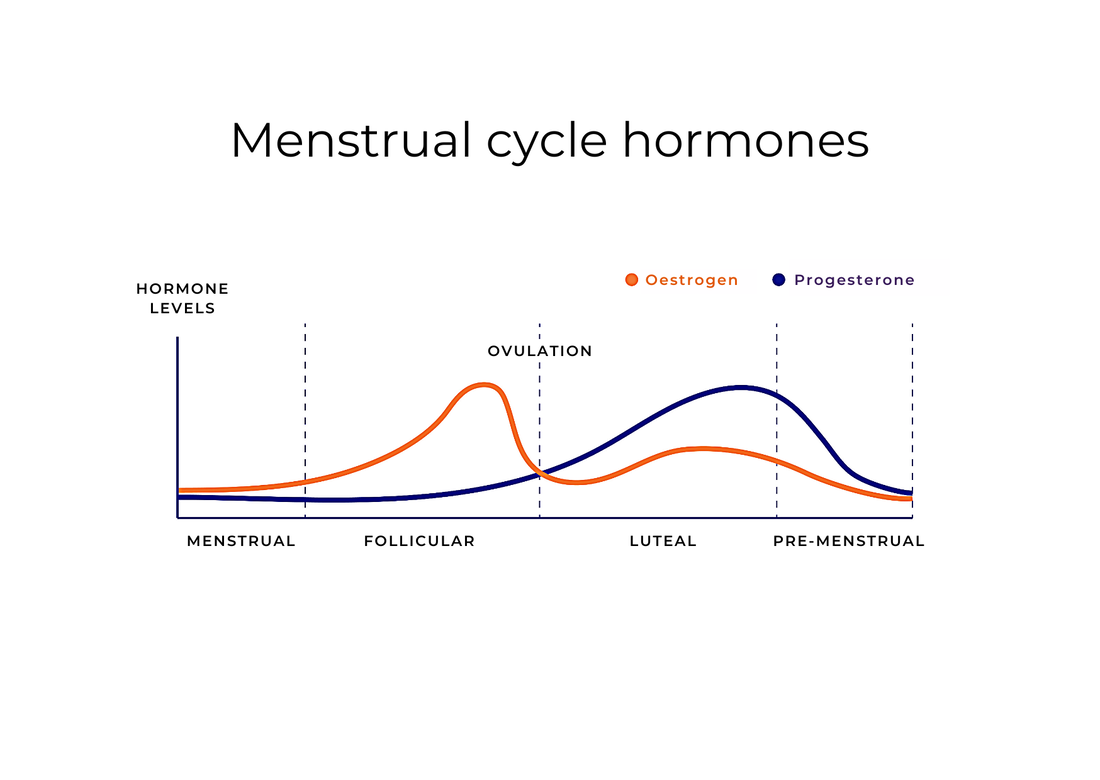
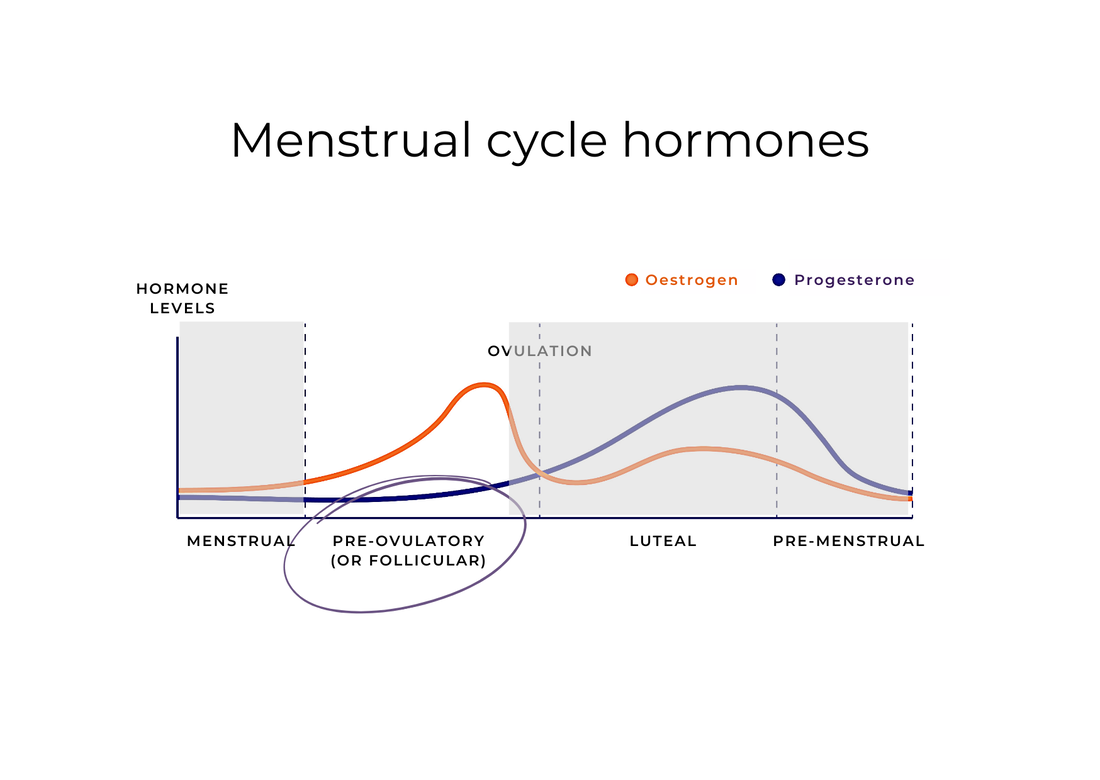

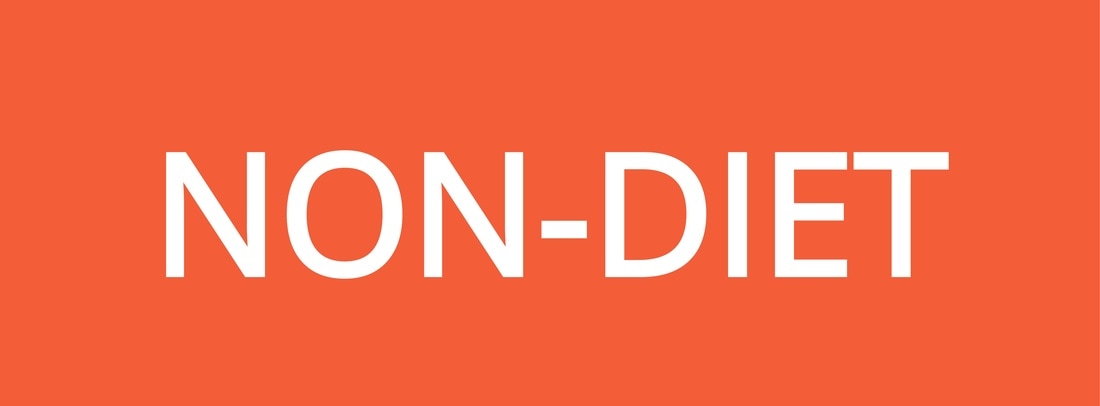





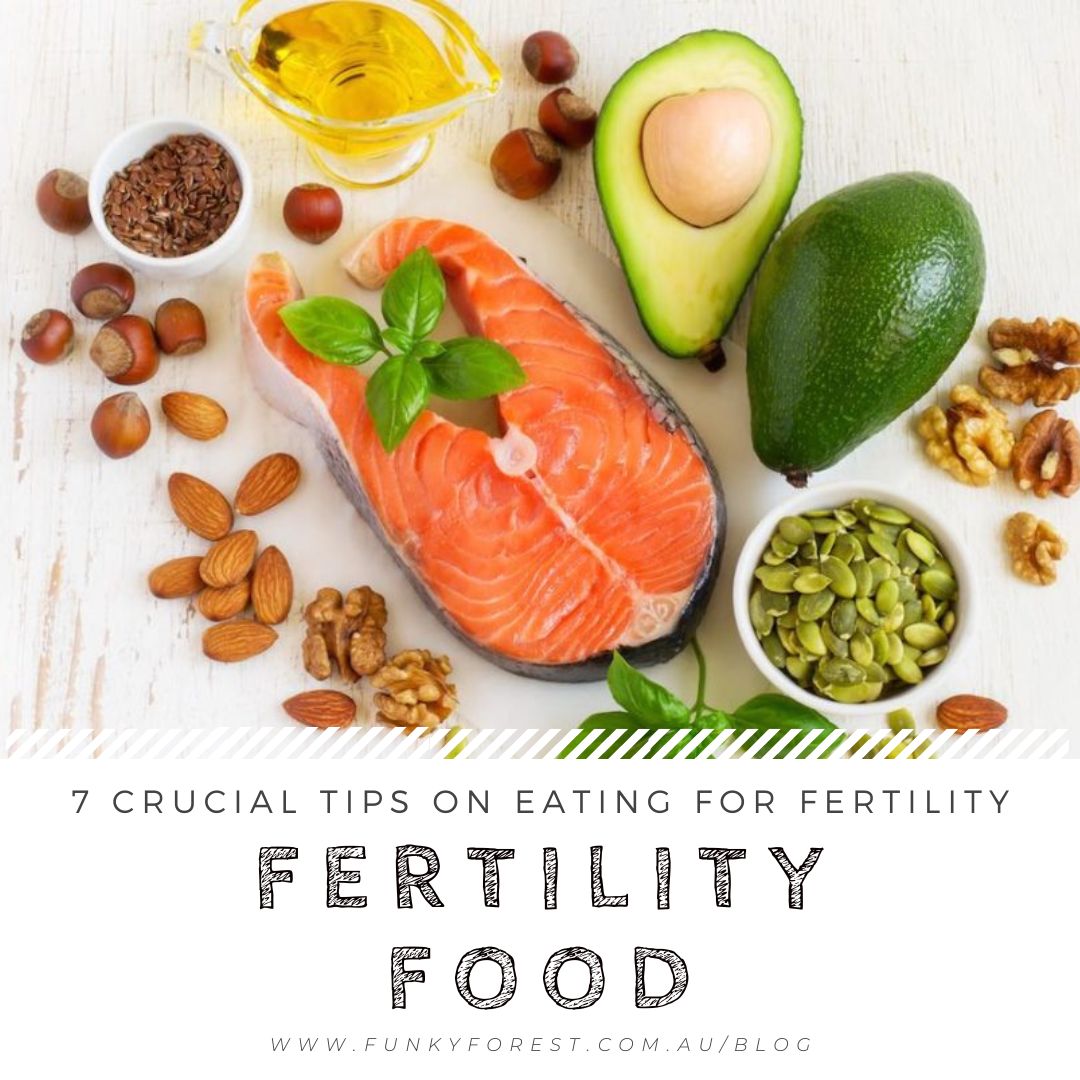
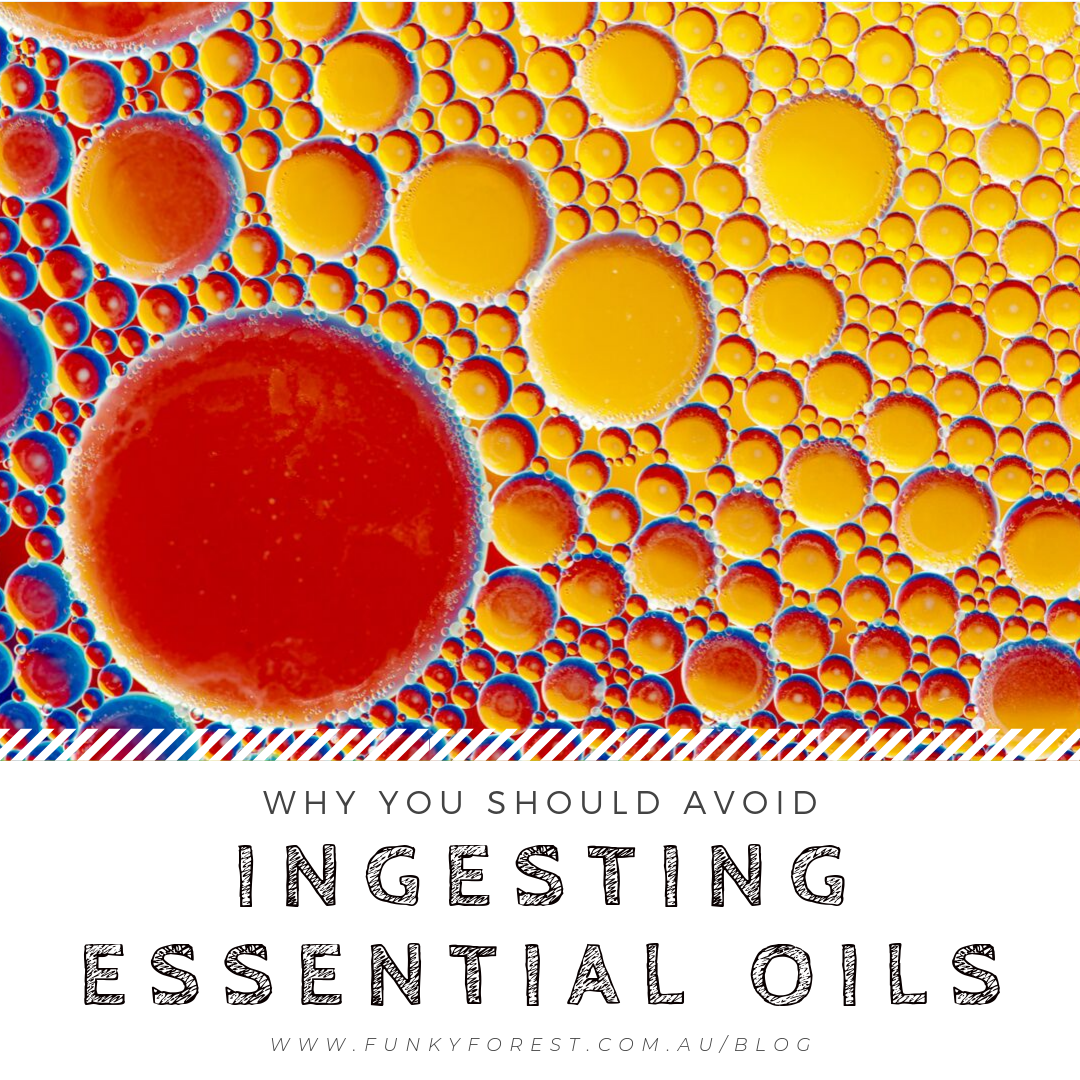
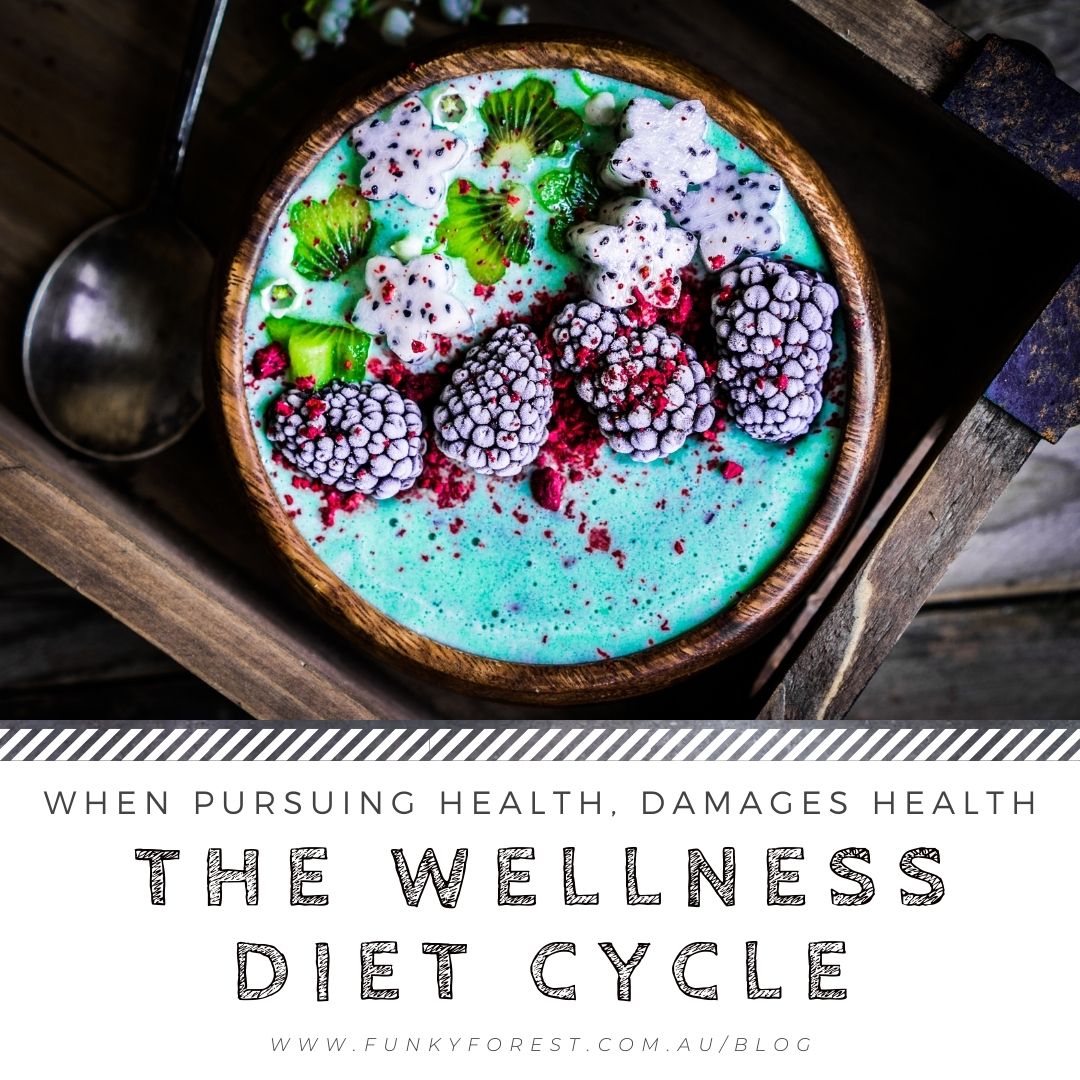
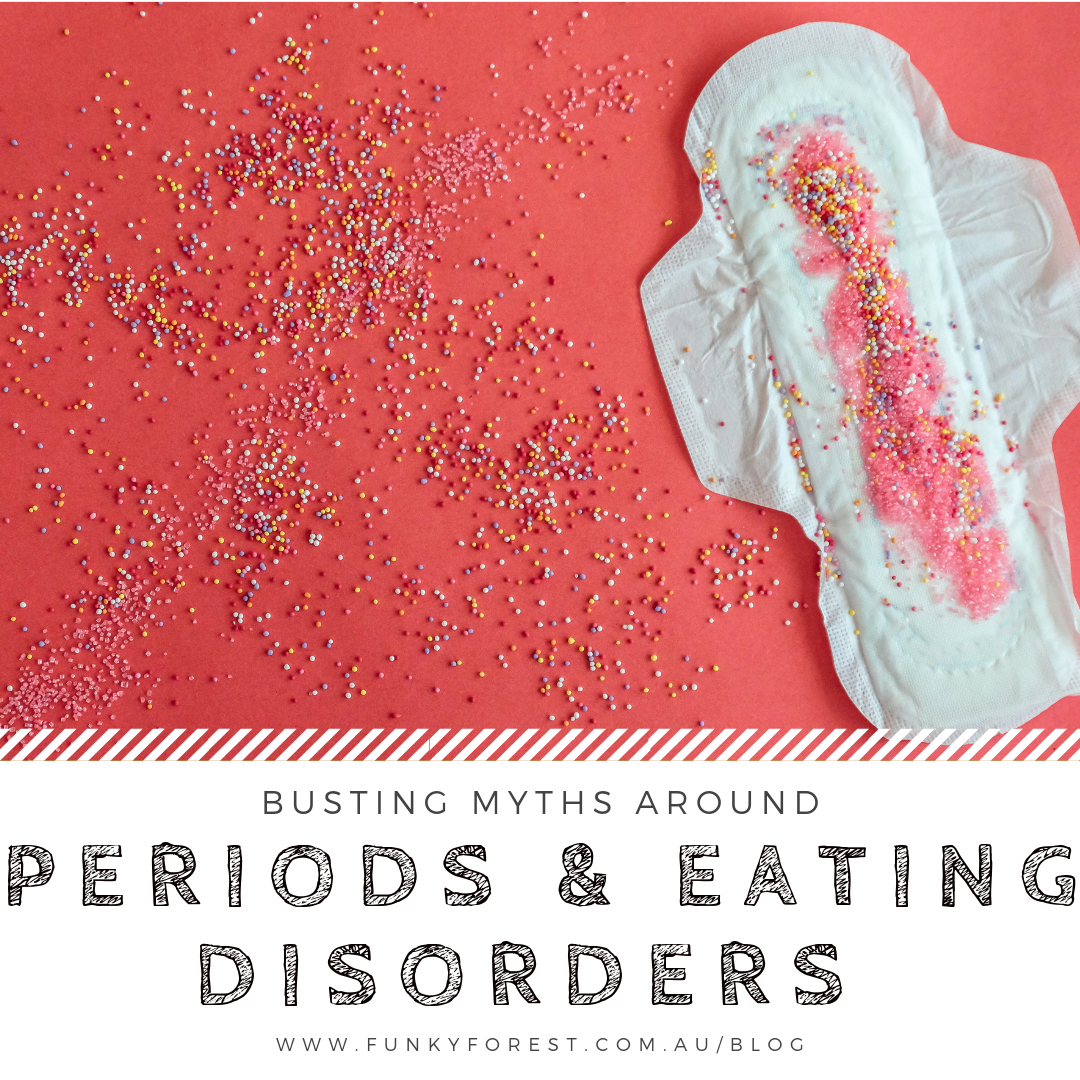
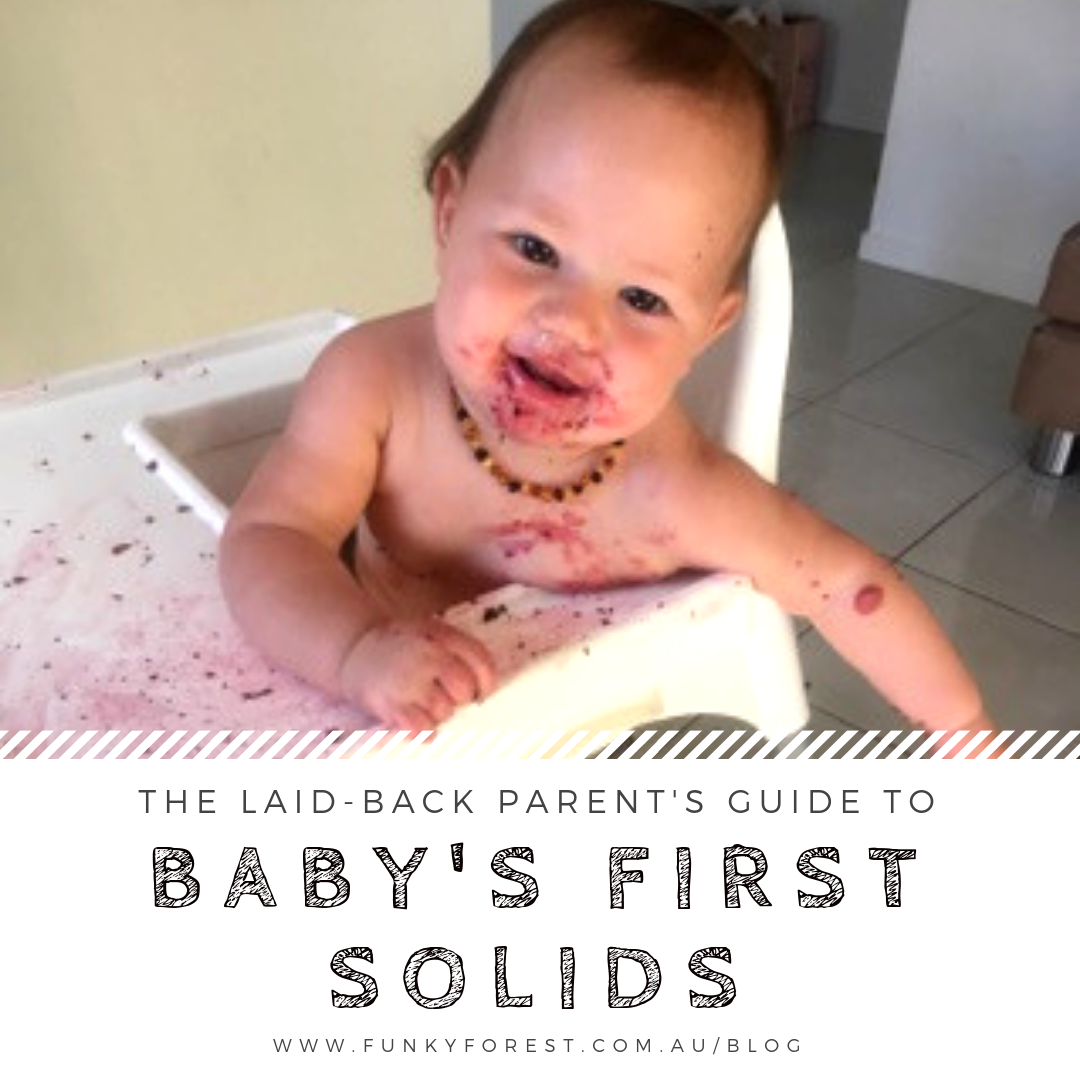

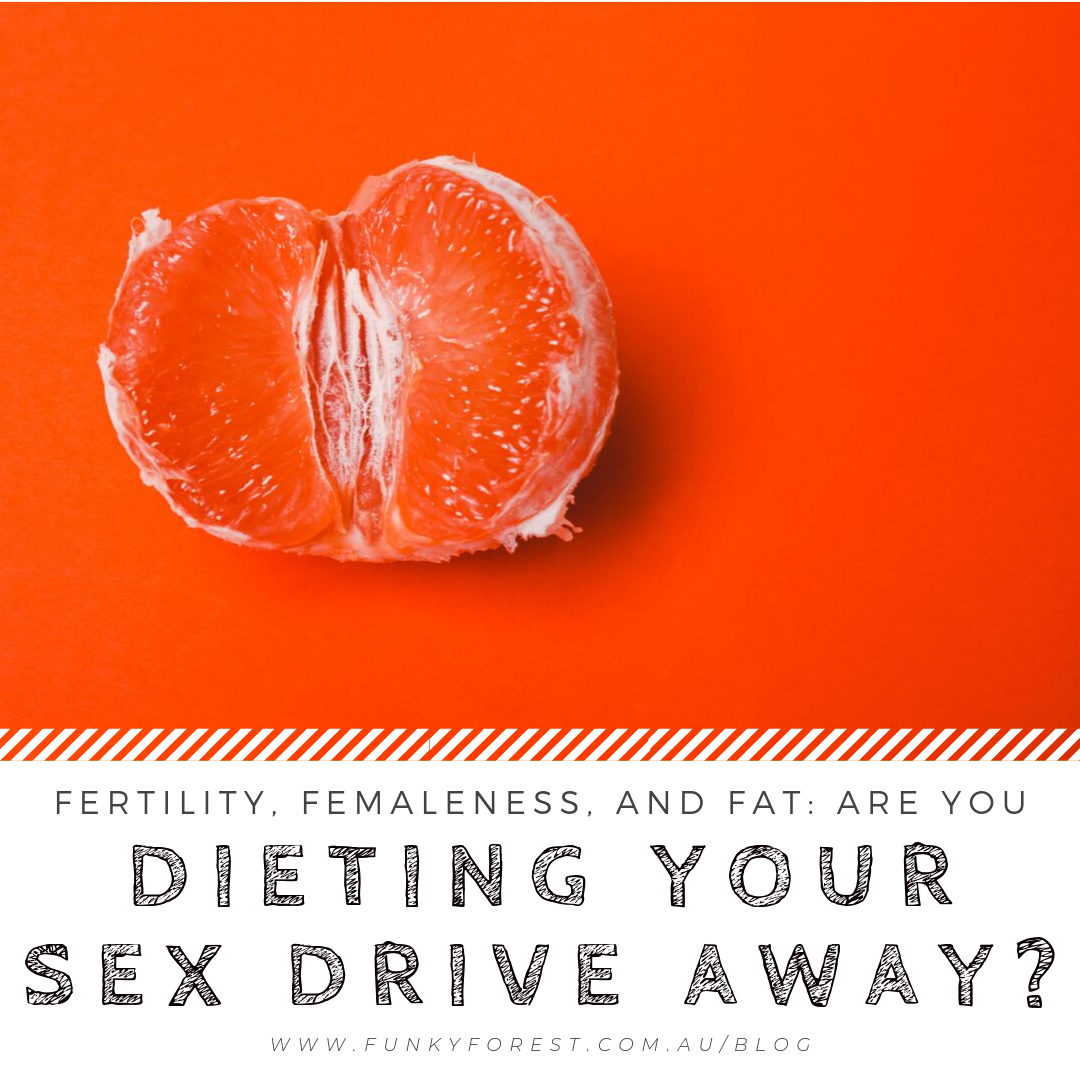



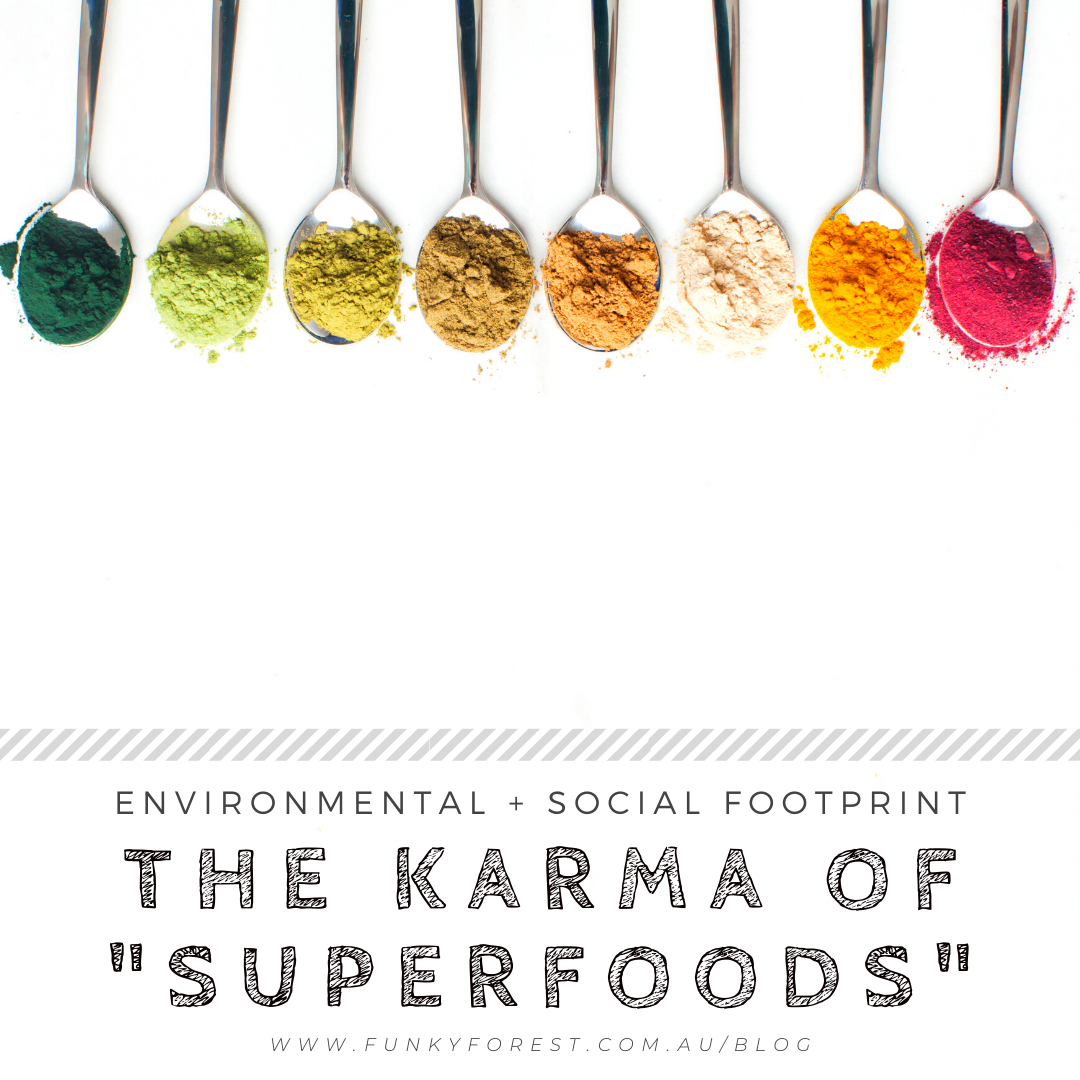
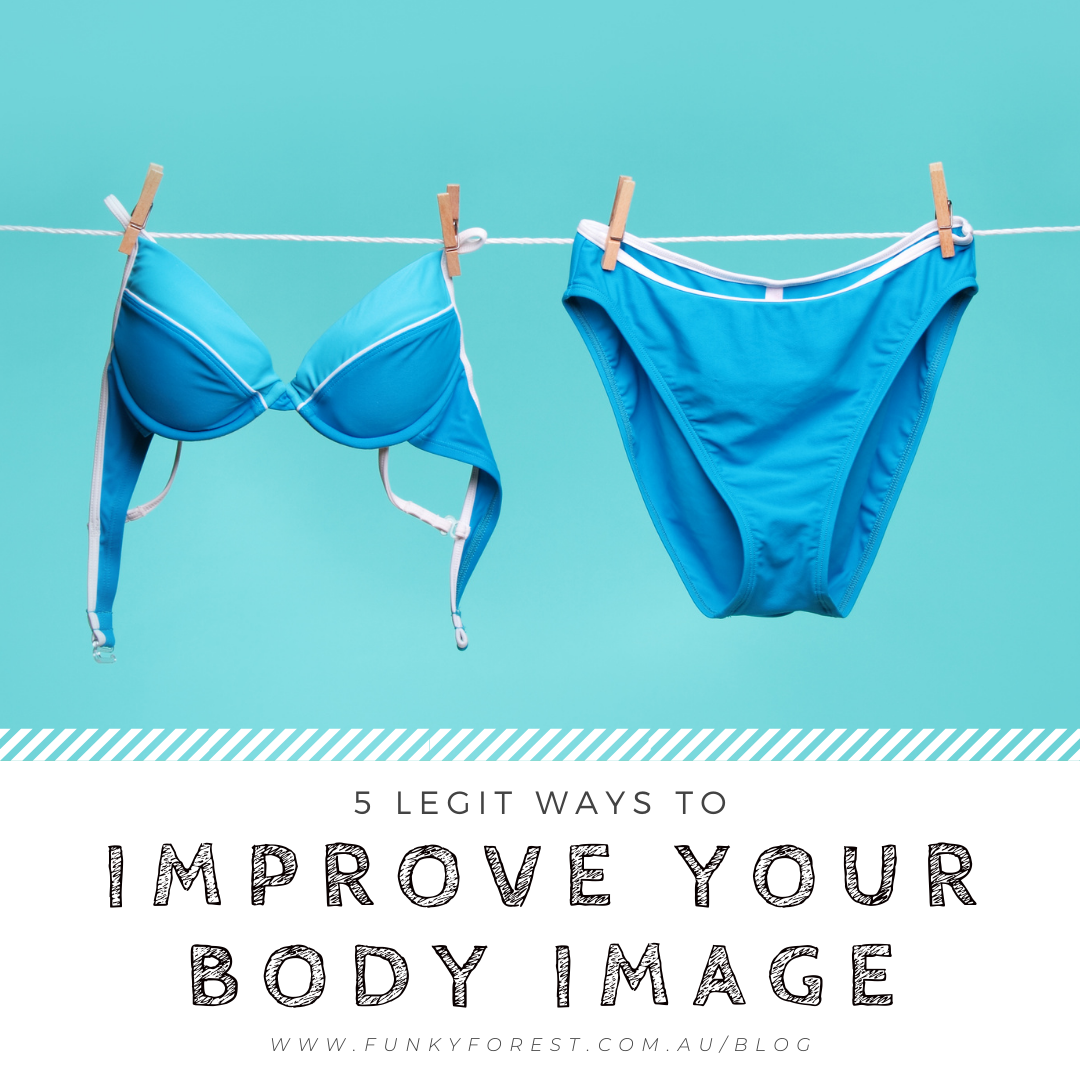
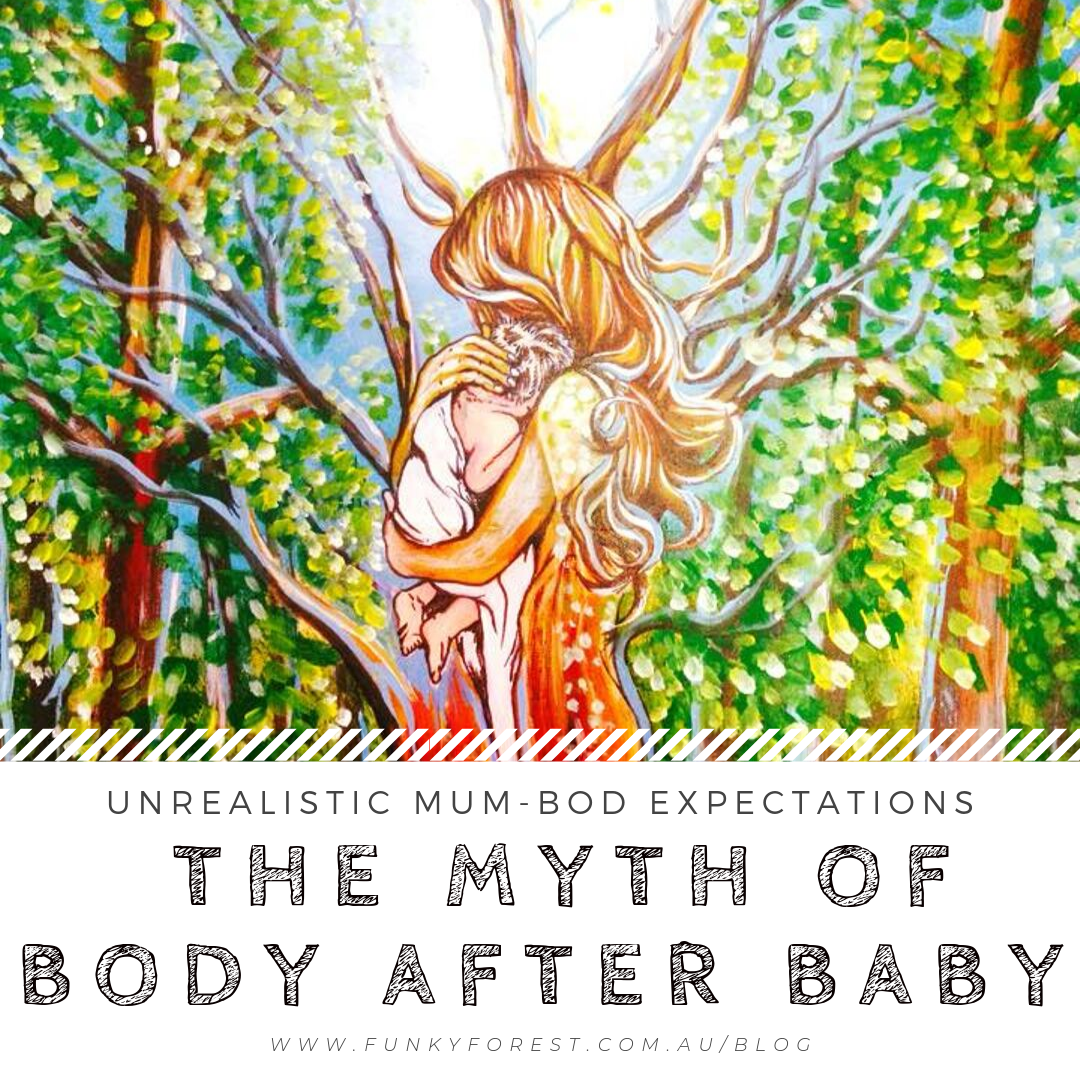
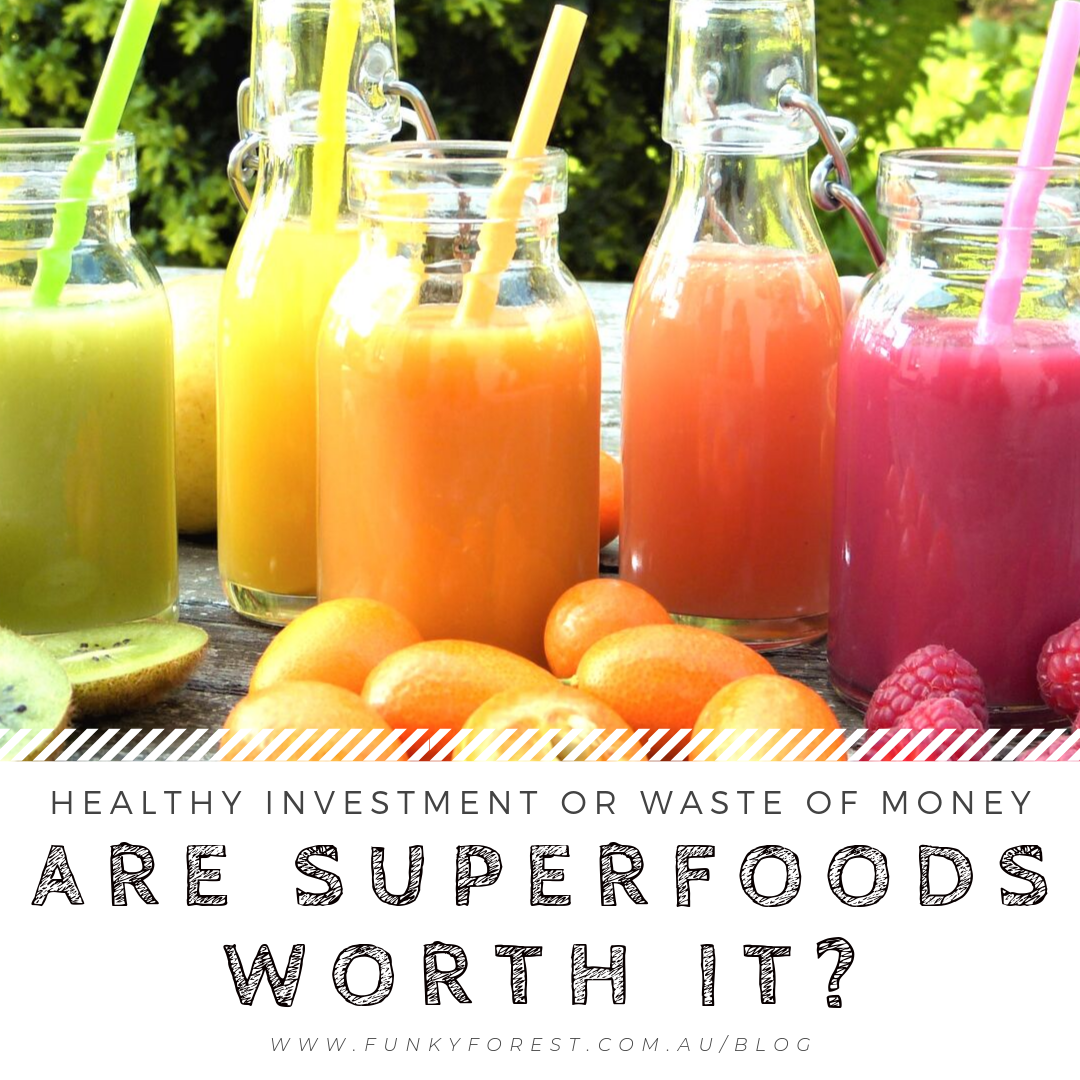

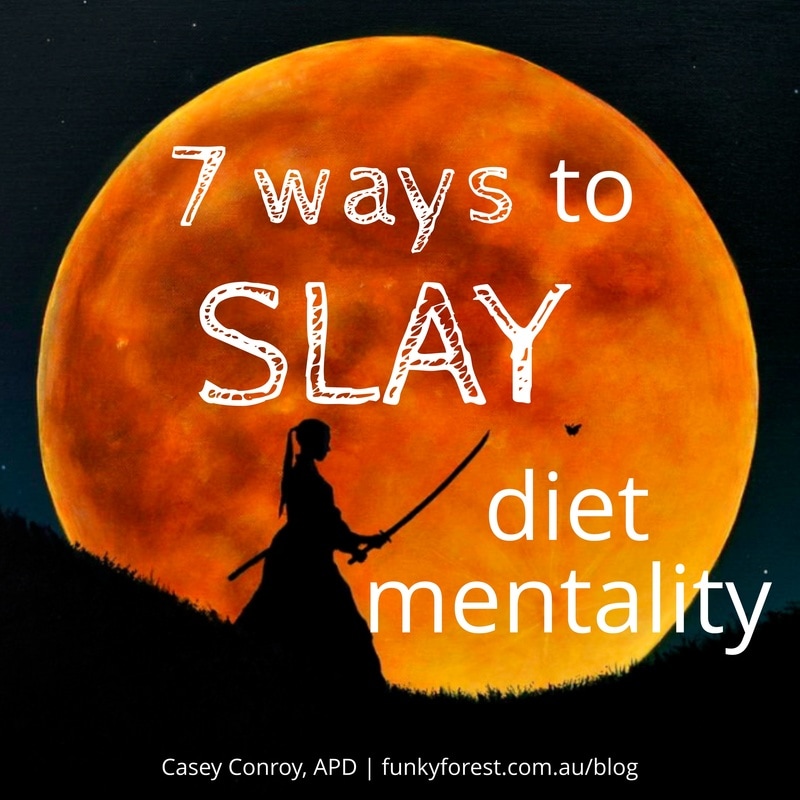
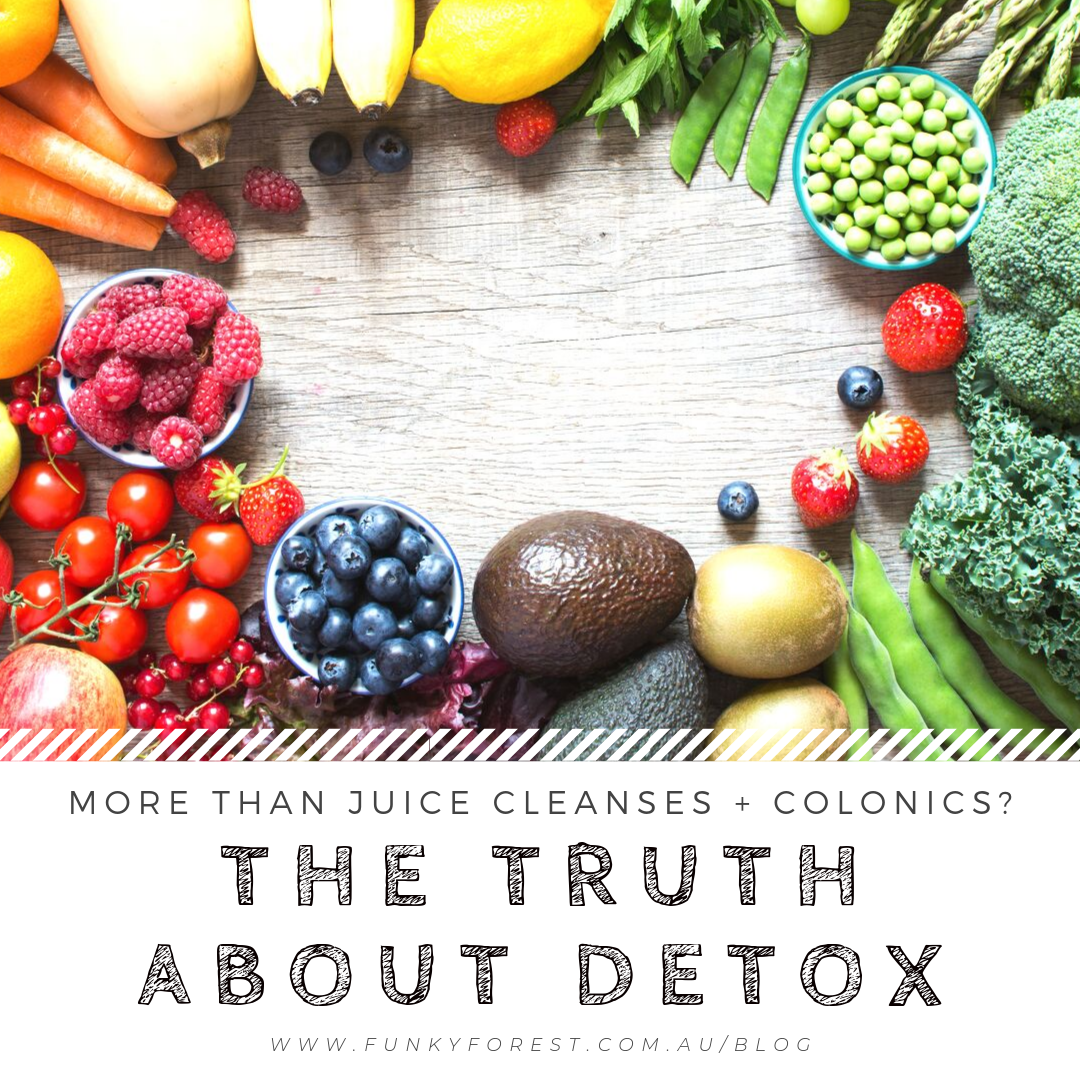
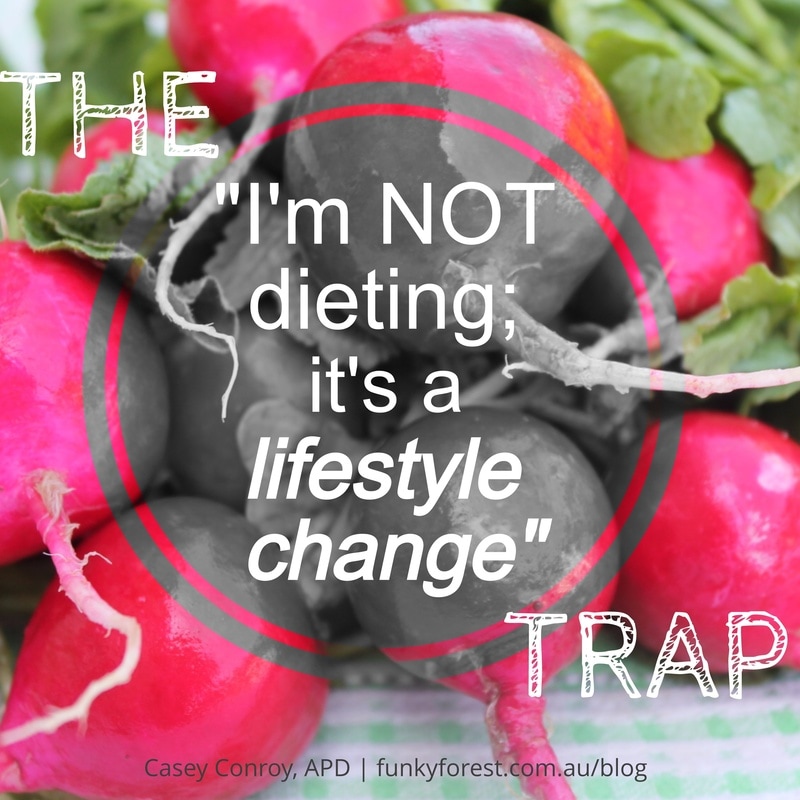

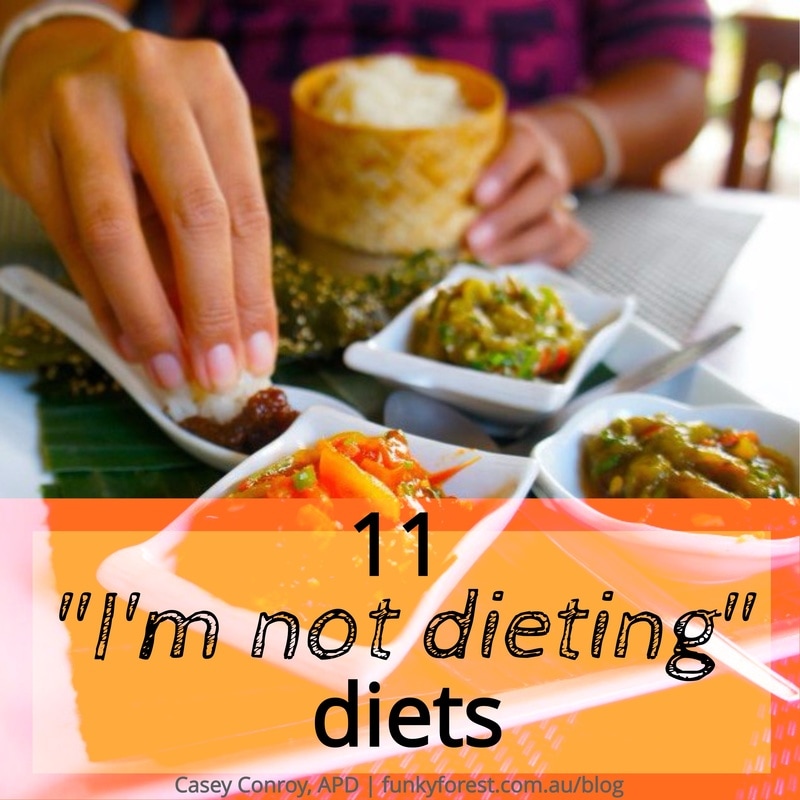

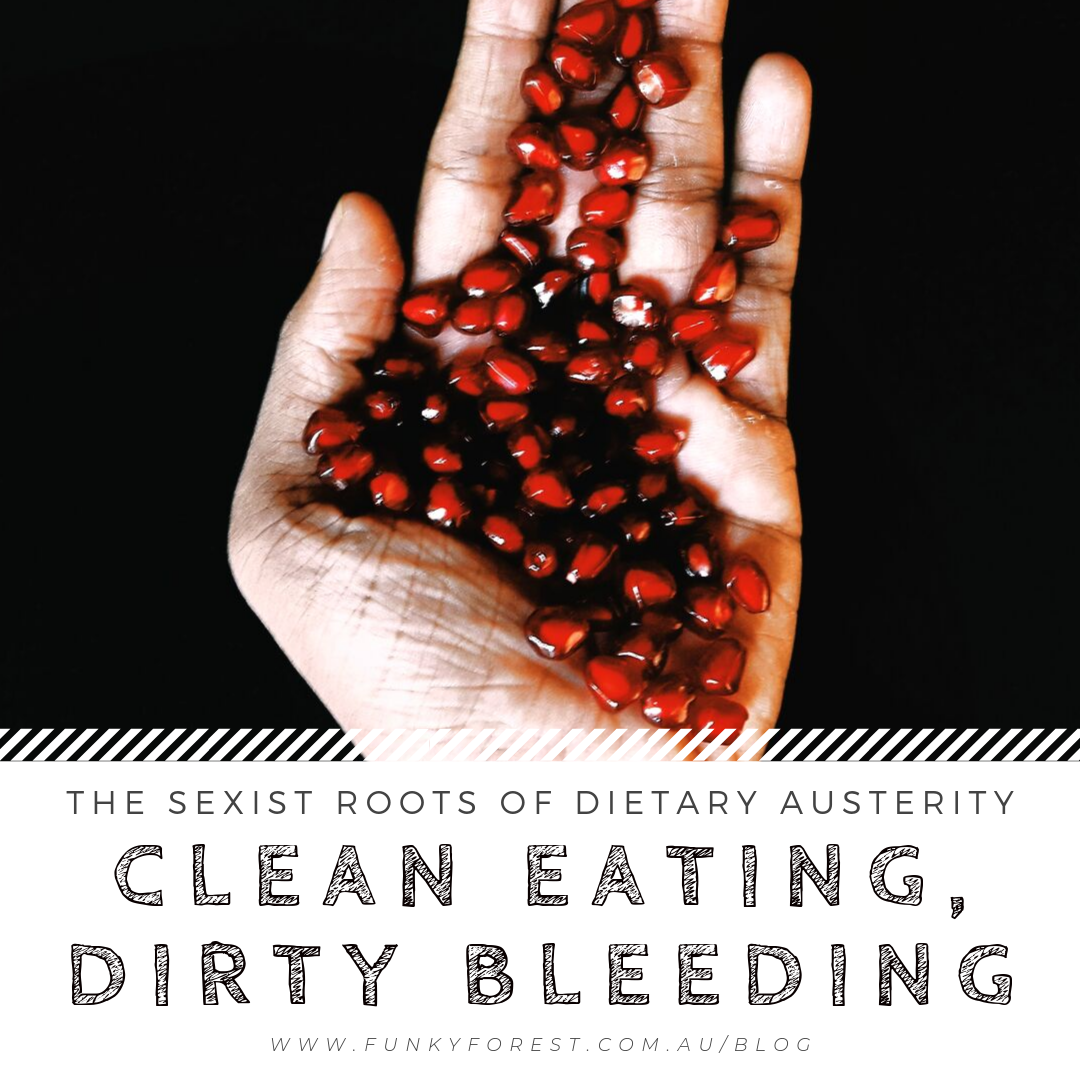
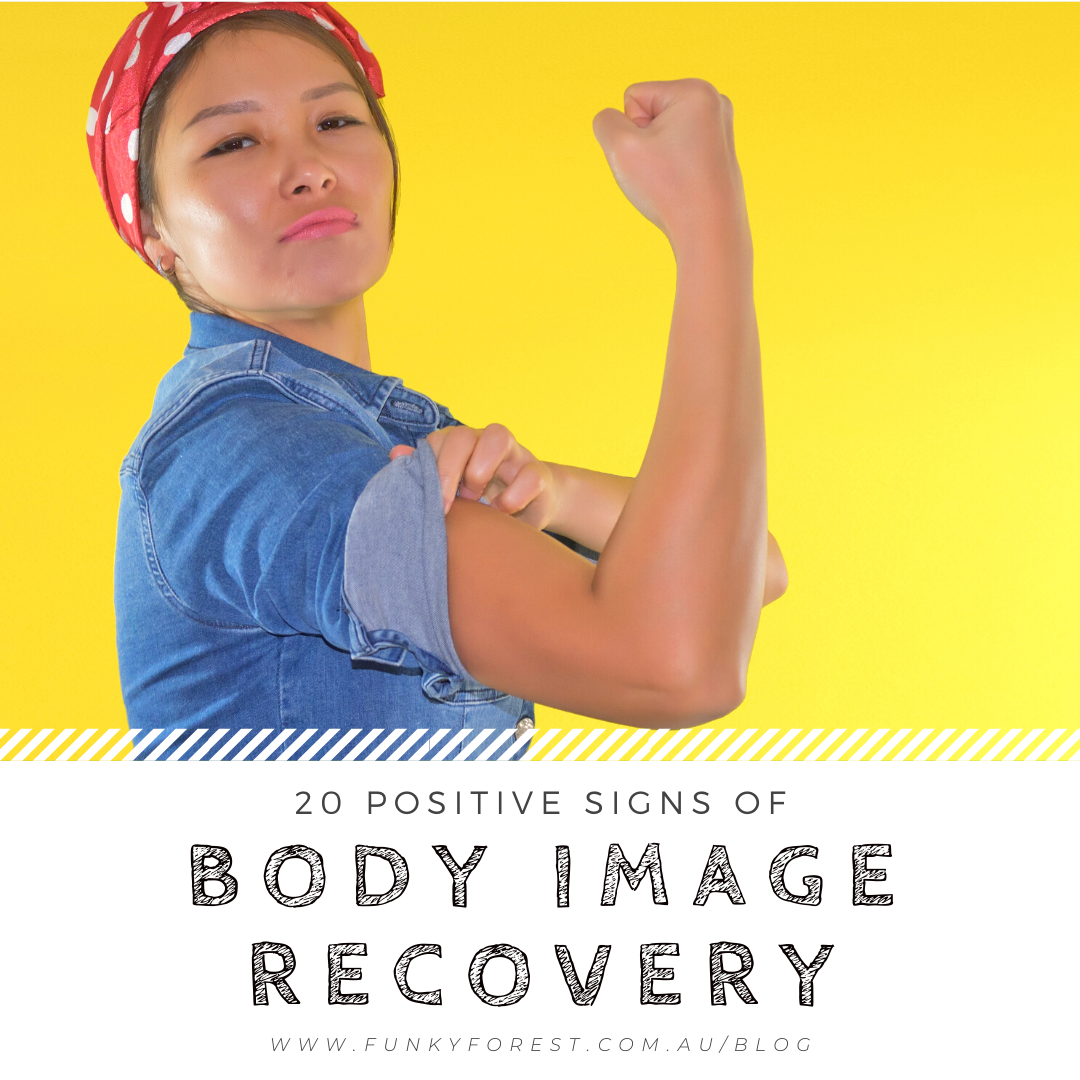
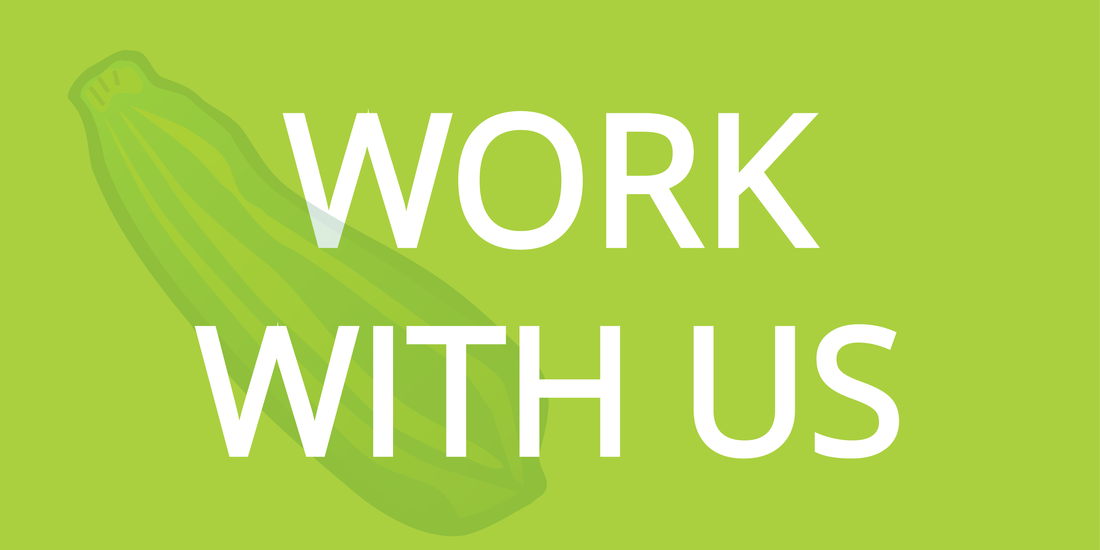
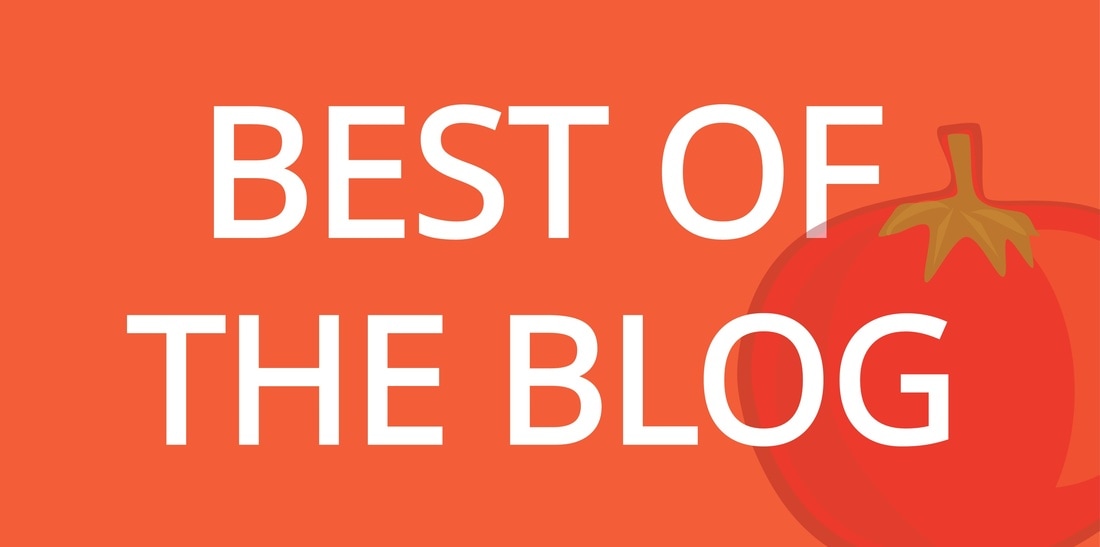
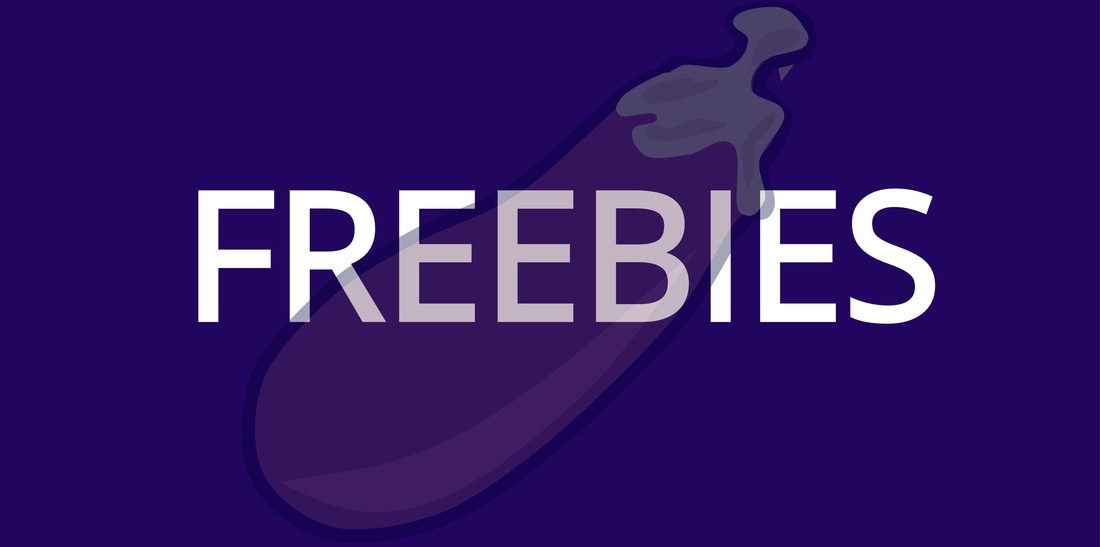
 RSS Feed
RSS Feed



